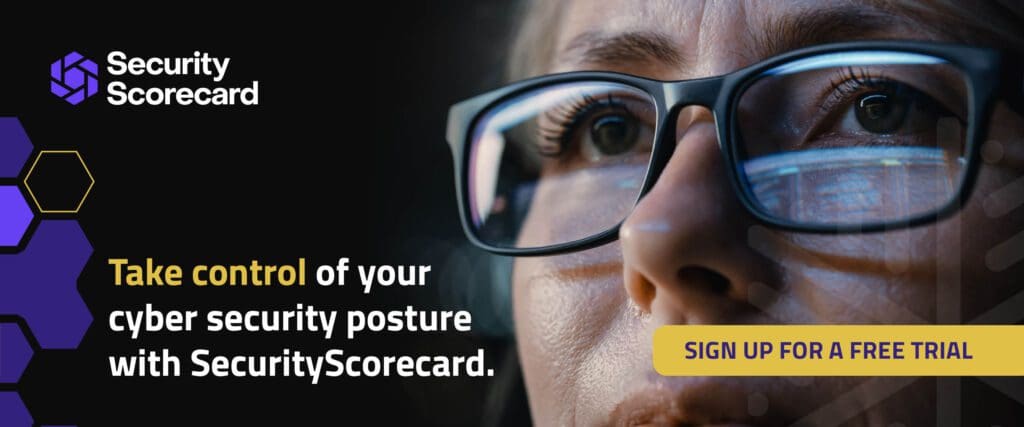How to Deal with Cyber Attacks Using the NIST Framework
Technology surrounds so many aspects of our daily lives that multiple vulnerable points and attack surfaces exist all around us. With the omnipresence of technology, it’s essential to establish a solid strategy to combat ever-evolving cyber threats. With that in mind, there are various frameworks available to help craft such a strategy, one of which is the NIST framework. Here, we’ll explore how to utilize the NIST framework to effectively address cyberattacks.
The NIST Cybersecurity Framework was developed in collaboration with government agencies and the private sector, and is most commonly used by companies in the U.S. The NIST framework is designed to address the essential components of cybersecurity including: identification, detection, protection, response, and recovery. While it was originally intended to help organizations dealing with critical infrastructure, many enterprise-level companies utilize and apply the comprehensive guidelines to their own cybersecurity efforts as well.

Identify
Before starting any task, it’s key to identify critical information to perform it to the best of your ability. Approaching a task without a plan, in a random manner, is not a good practice. Similarly, before implementing a mitigation strategy, you must identify all valuable assets and the risks associated with each one.
Protect
This is where you put all necessary security controls in place for all your valuable assets. Potential protection strategies could include access control, data security, and training for employees.
Detect
Now that security controls are in place, it is necessary to detect any potential cyber threats. Implementing intrusion detection systems, monitoring, and continuous security assessment are essential components.
Respond
Now that you have detected potential cyber threats, proper plans to respond to those cyber threats should be in place. An organization should have proper incident response and threat containment plans in place to deal with cyber threats.
Recover
After an attack, recover as soon as possible. This includes doing any data backups, and having a better security posture.
Final thoughts
Cybersecurity frameworks provide a structured and proactive approach to tackling these challenges. By adopting these frameworks, organizations not only protect themselves from cyber threats but also position themselves as responsible stewards of data. Investing in cybersecurity frameworks is an investment in the longevity, integrity, and success of your organization in this digital age.





